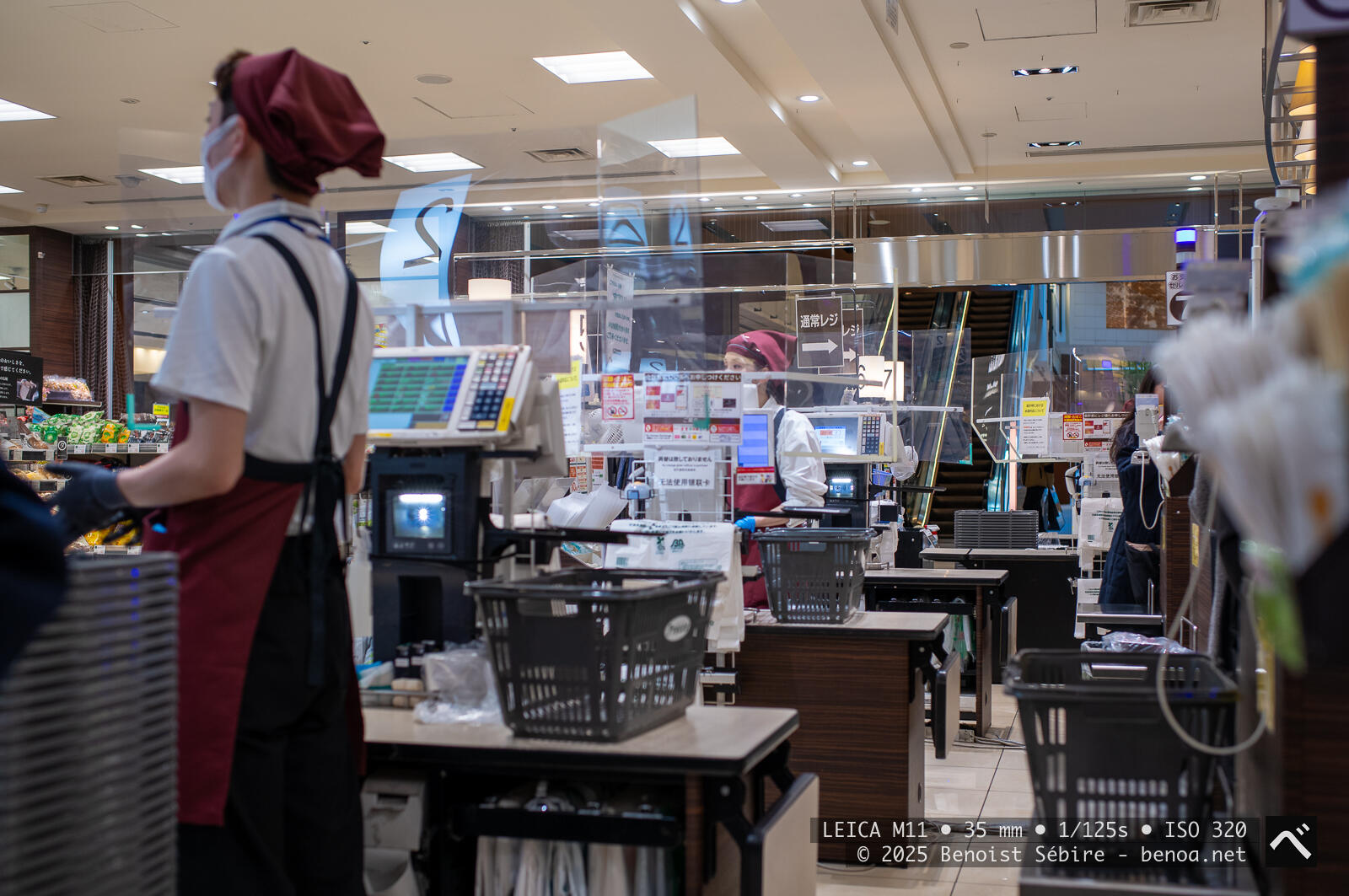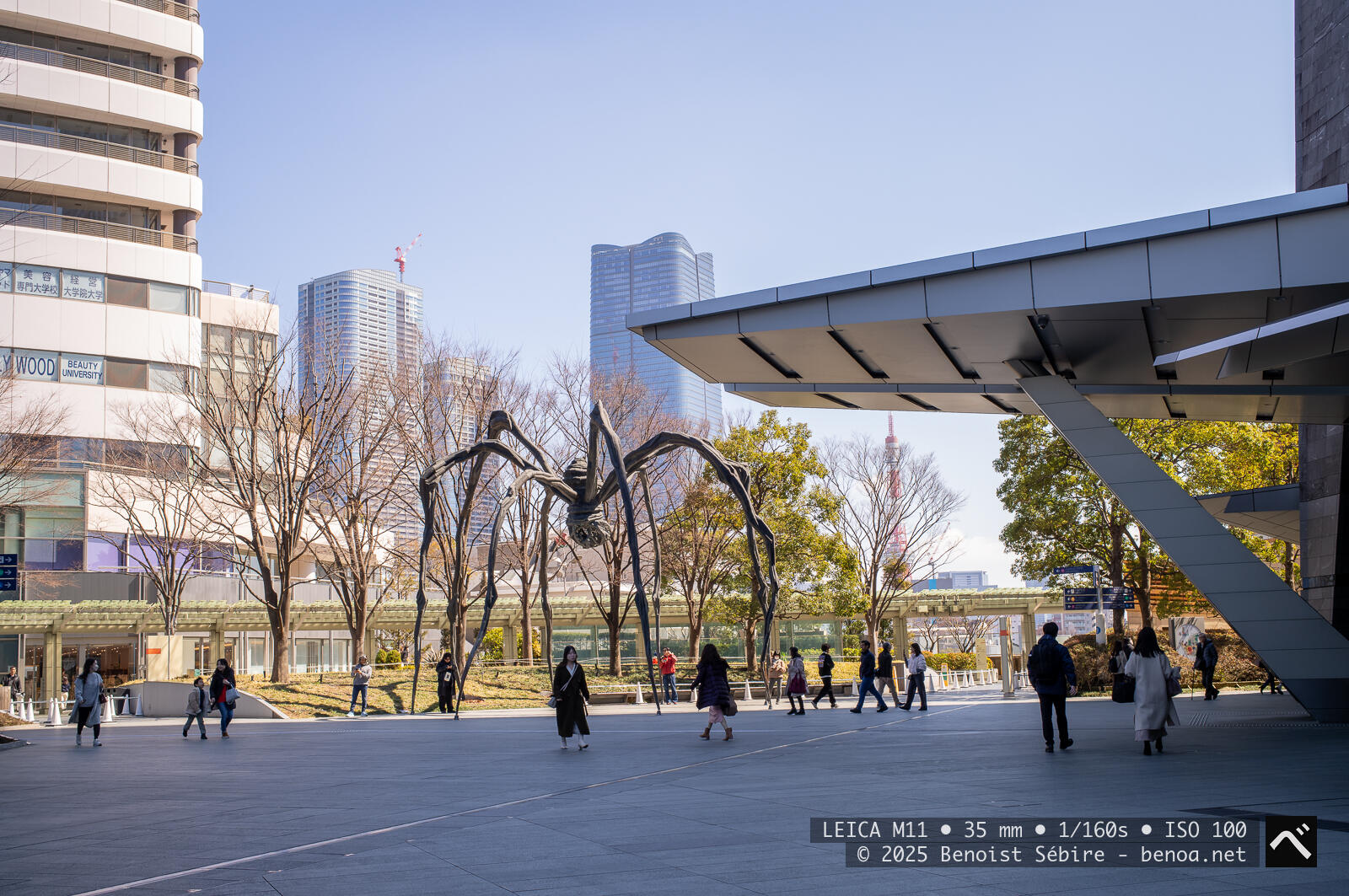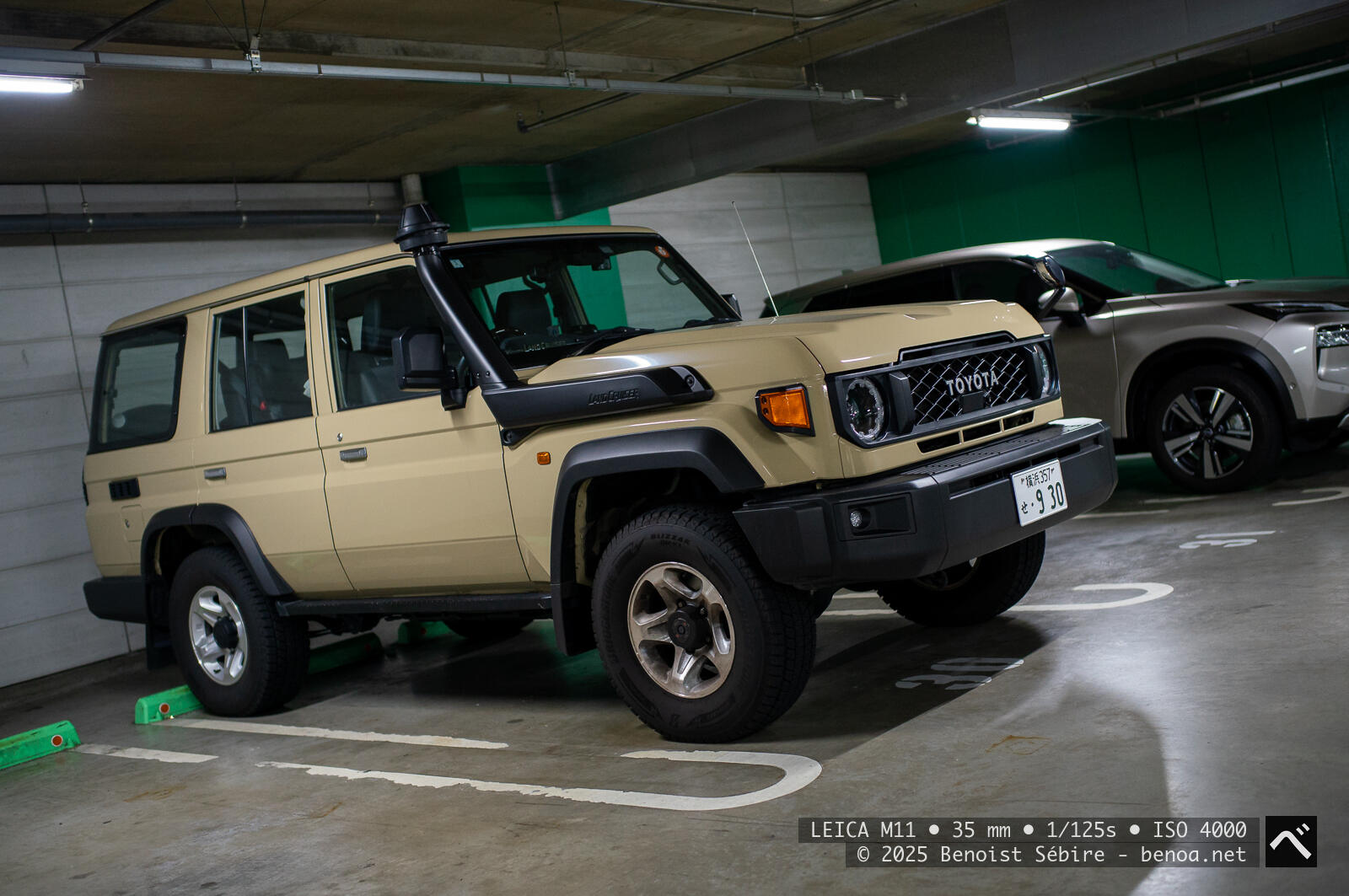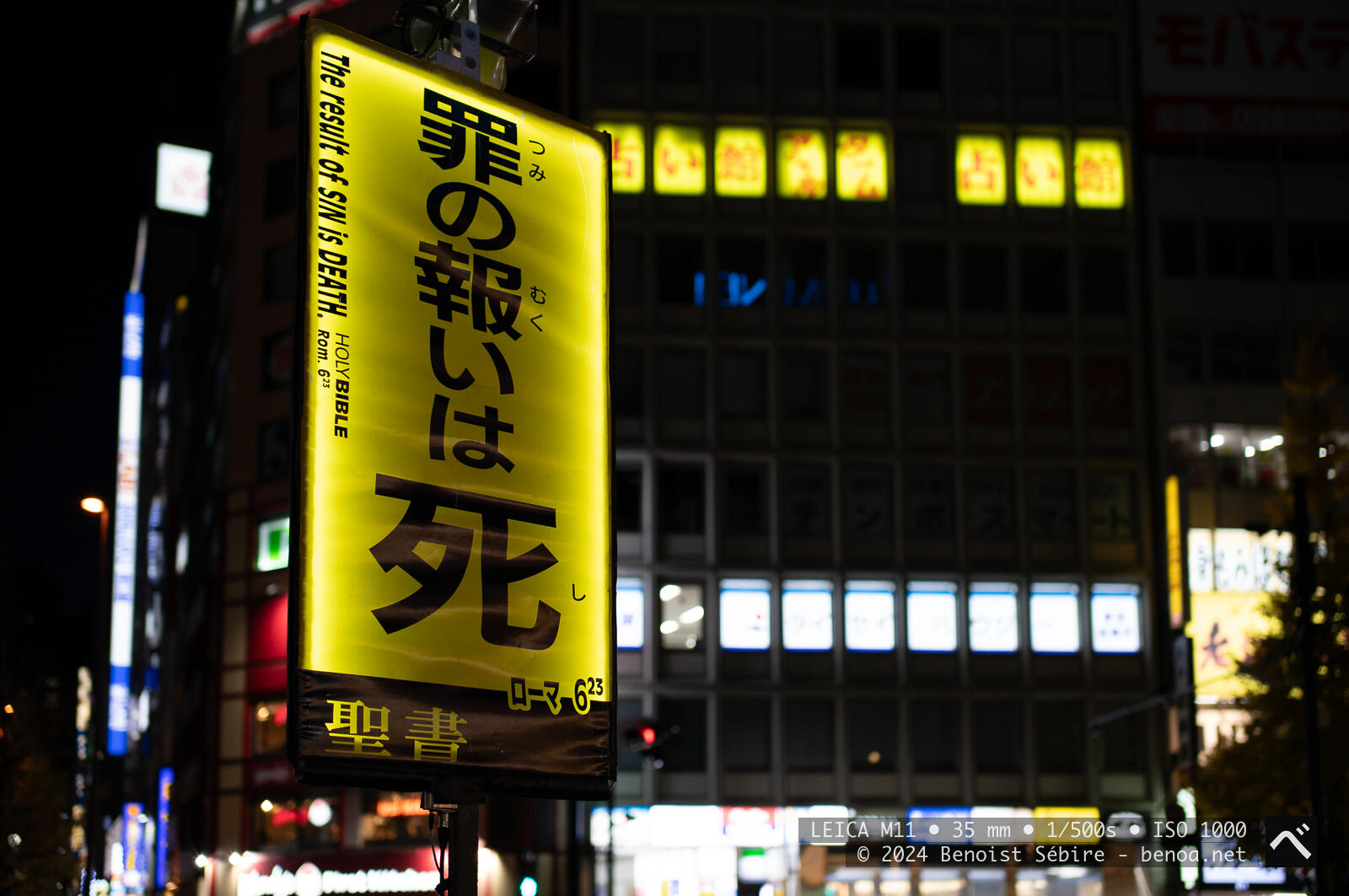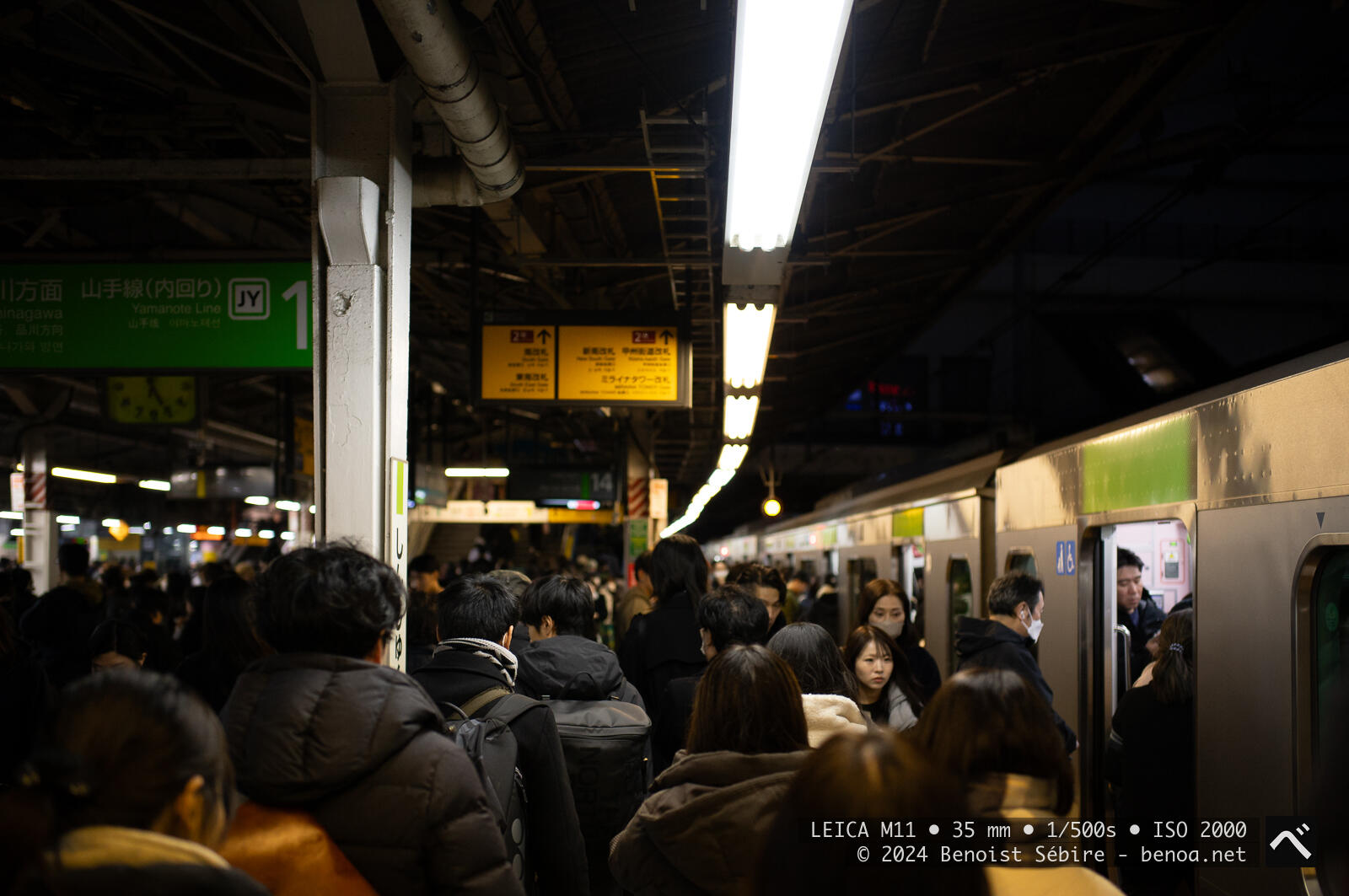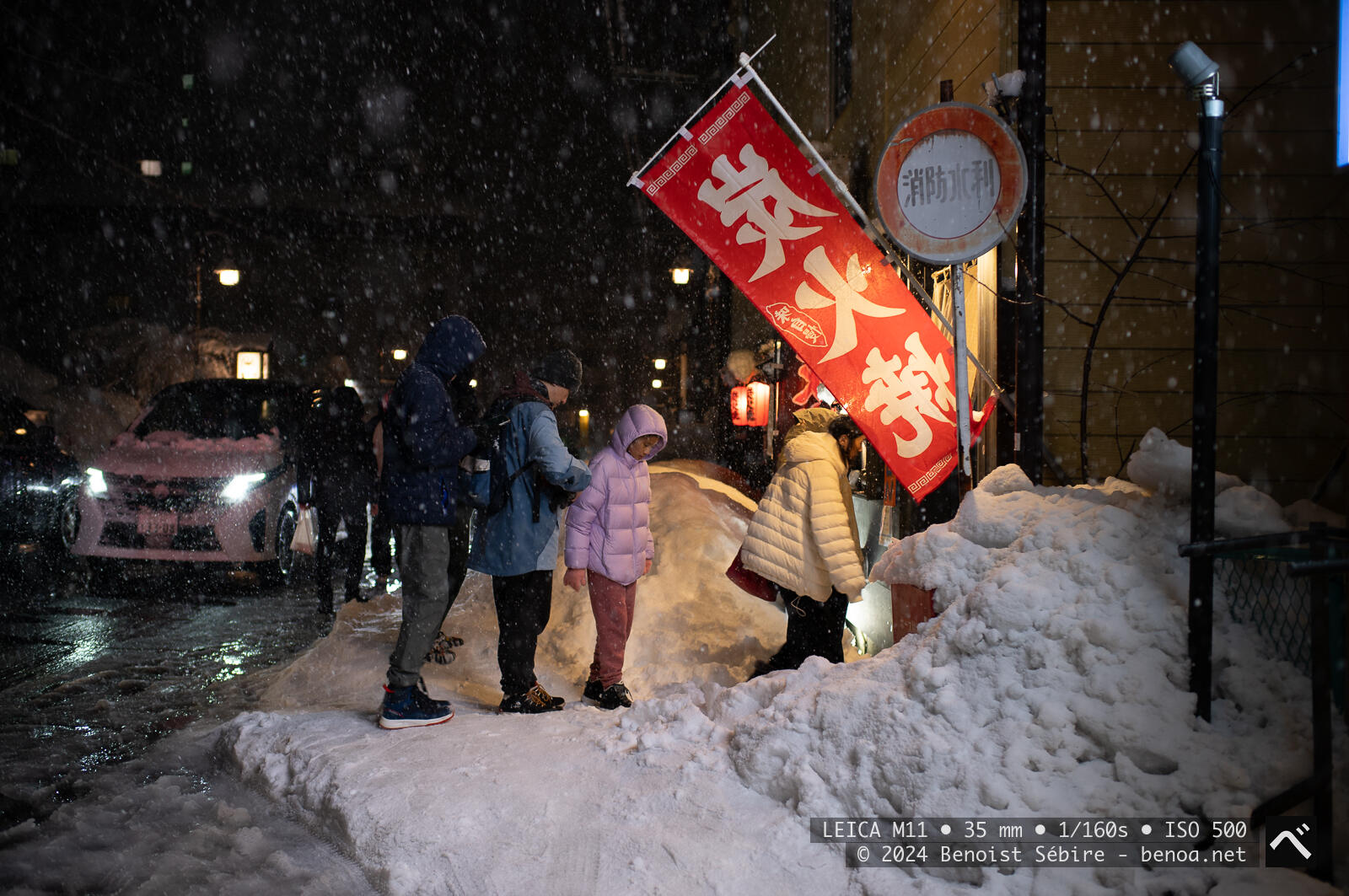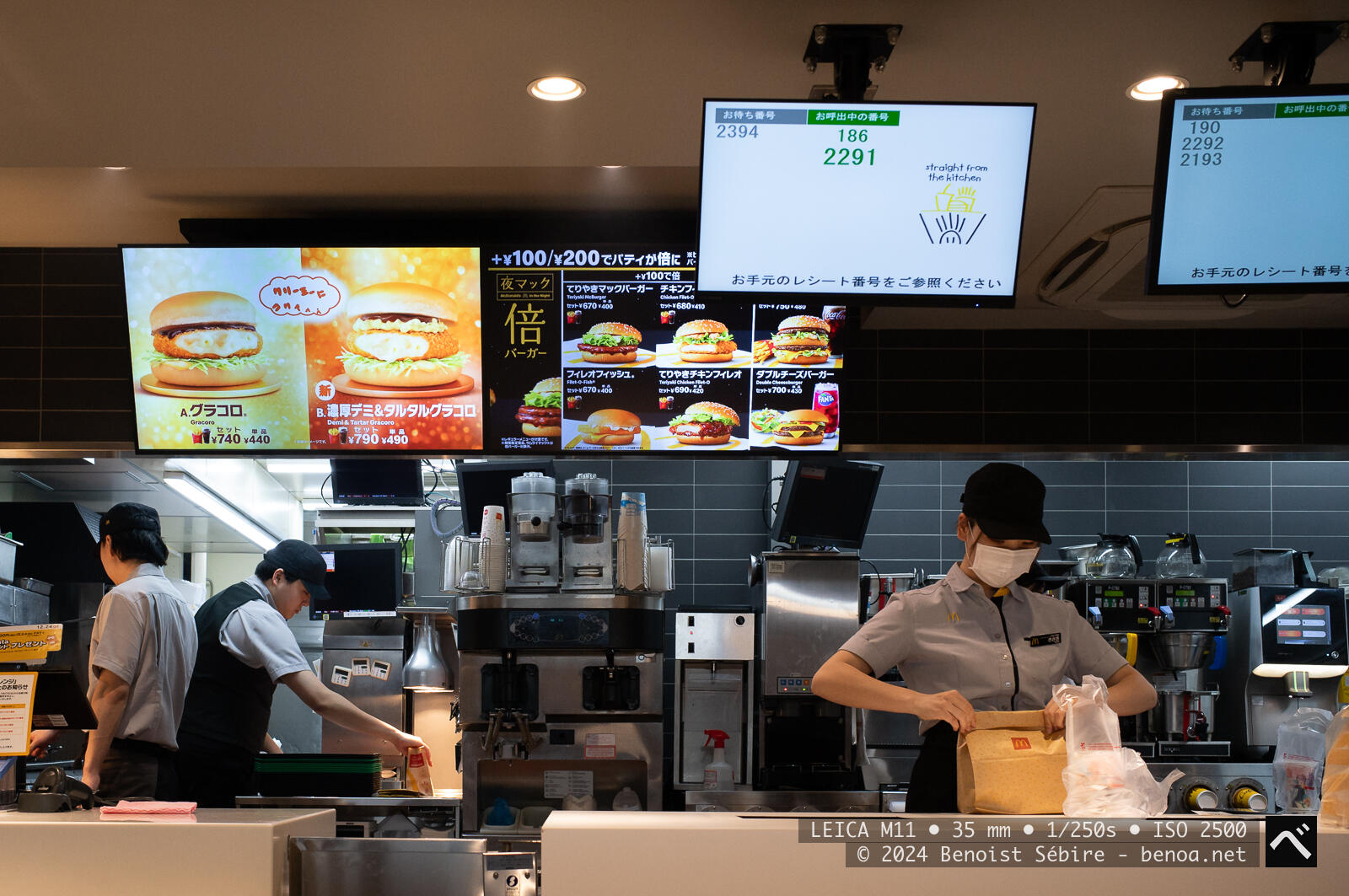Nokton 35mm Review
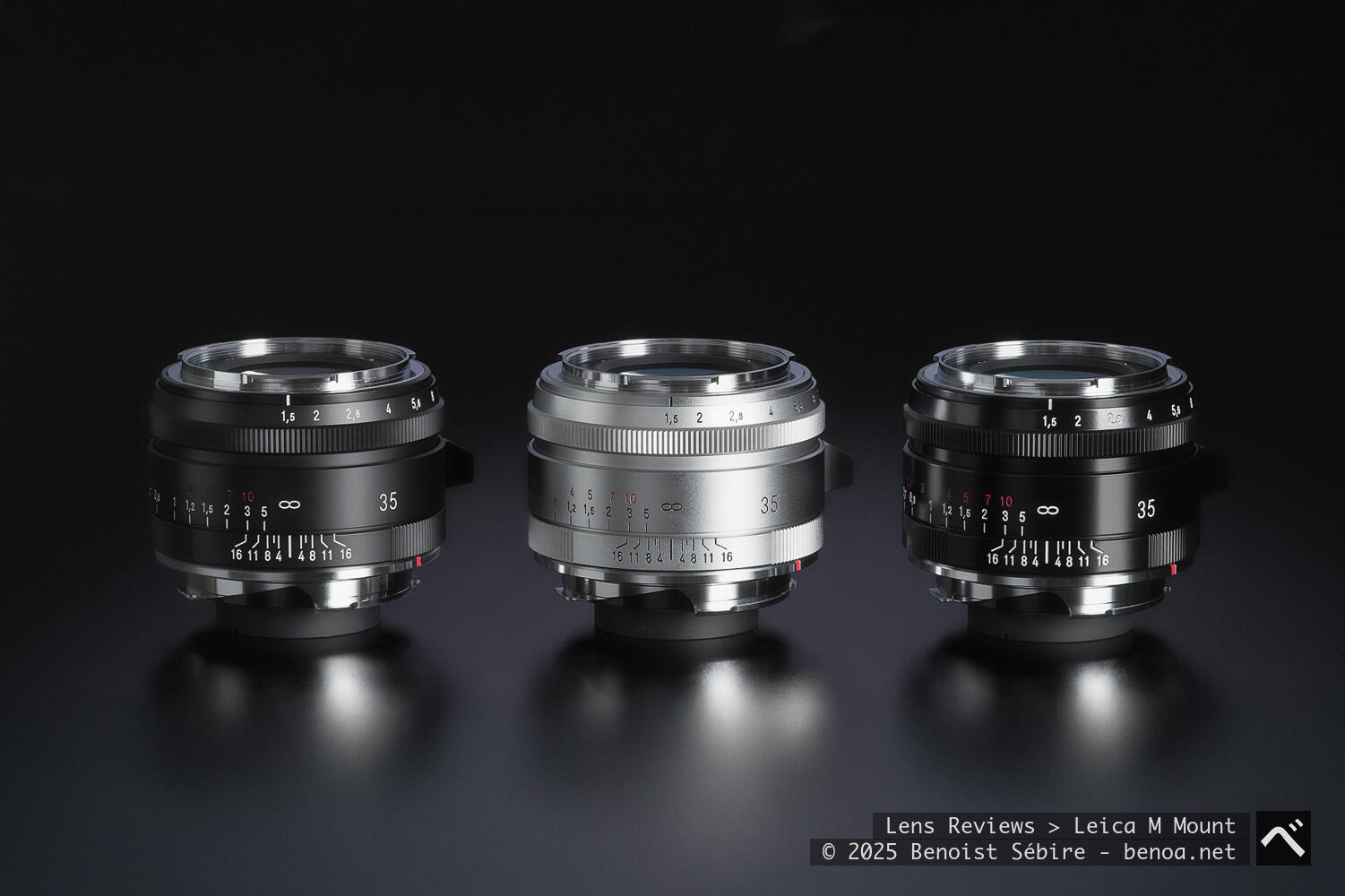
The Voigtländer Nokton Vintage Line 35mm f/1.5 Aspherical is a high-quality manual focus prime lens designed for Leica M-mount and adapted mirrorless cameras. It offers a classic 35mm focal length with a fast f/1.5 aperture, making it a versatile option for street, portrait, and low-light photography. As part of Voigtländer’s Vintage Line, this lens combines a retro aesthetic with modern optical performance, delivering a unique balance of character and technical excellence.
Build and Design
The Nokton 35mm f/1.5 is beautifully crafted with a solid metal construction that feels robust and premium. The lens is available in two finishes, black or silver, and comes in both aluminum and brass versions, with the latter being slightly heavier. Weighing between 189g and 284g depending on the variant, it remains compact and well-balanced on Leica and mirrorless bodies.
The aperture ring is click-stopped for precise adjustments, and the focus ring is smooth and well-damped, making manual focusing a pleasure. The lens includes a 12-blade aperture diaphragm for smooth bokeh and a minimum focusing distance of 50cm, slightly closer than some Leica M lenses. The compact size and vintage-inspired design make it an excellent match for rangefinder-style cameras.
Optical Performance
The Nokton 35mm f/1.5 Aspherical delivers excellent sharpness, particularly in the center, even wide open at f/1.5. The edges improve significantly when stopped down, making it a strong performer for detailed scenes. The lens employs aspherical elements to reduce aberrations and improve contrast, resulting in clear and vibrant images.
Bokeh is one of the standout features of this lens, with a pleasing, natural blur that enhances subject separation. While some older Voigtländer lenses have a reputation for a slightly harsher bokeh, this model strikes a good balance between sharpness and smooth rendering.
Chromatic aberration is well controlled, though some fringing may appear in high-contrast areas when shooting wide open. There is minimal distortion, making this lens a great option for architectural and documentary photography.
Manual Focus and Handling
As a fully manual lens, the Nokton 35mm f/1.5 requires precise focusing, but the well-damped focus ring and smooth action make it enjoyable to use. On Leica M cameras, the rangefinder coupling provides accurate focusing, while mirrorless users can take advantage of focus peaking and magnification for precise results.
The lens’s compact size and balanced handling make it ideal for street photography, allowing for quick adjustments and discreet shooting. The classic 35mm focal length offers a natural perspective, making it one of the most versatile focal lengths for everyday use.
Comparison to Leica Summilux 35mm f/1.4 ASPH
The Voigtländer Nokton 35mm f/1.5 is often compared to the Leica Summilux-M 35mm f/1.4 ASPH, which is one of the most revered 35mm lenses in the rangefinder world. While both lenses offer excellent optical performance, they cater to different photographers based on budget, image character, and build preferences.
- Sharpness: The Summilux 35mm f/1.4 is sharper at f/1.4 than the Nokton at f/1.5, particularly in the corners. However, stopping both lenses down to f/2 or f/2.8 levels the playing field, with the Voigtländer catching up significantly.
- Bokeh: The Summilux produces an ultra-creamy bokeh with slightly more subject separation, especially at close distances. The Nokton has a beautiful rendering but with a slightly more defined transition between in-focus and out-of-focus areas. Bokeh balls are however much more pleasing on the Nokton.
- Contrast and Colors: The Summilux has a more modern contrast and color signature, with a crisp rendering that makes images pop straight out of the camera. The Nokton leans slightly towards a more vintage, softer contrast, giving it a more organic and classic look. which I personally prefer.
- Distortion and Aberrations: Both lenses control distortion well, though the Summilux has better correction for chromatic aberrations wide open. The Nokton shows some minor fringing in high-contrast situations, but it is not significant.
- Size and Weight: The Nokton 35mm f/1.5 is smaller and lighter than the Summilux, particularly in its aluminum version. The Summilux is more robustly built but also bulkier.
- Price: The most significant difference is cost. The Leica Summilux 35mm f/1.4 ASPH is significantly more expensive, often costing more than five times the price of the Nokton. For photographers who want high-end optical performance without breaking the bank, the Voigtländer offers incredible value.
Conclusion
The Voigtländer Nokton Vintage Line 35mm f/1.5 Aspherical is an exceptional lens for photographers who appreciate manual focus precision, classic design, and high-quality optics. It offers a well-balanced combination of sharpness, smooth bokeh, and compact handling, making it a strong choice for street, documentary, and portrait photography.
Compared to the Leica Summilux 35mm f/1.4 ASPH, the Nokton provides outstanding value with similar performance in many aspects while costing a fraction of the price. While the Summilux remains the benchmark for optical perfection in the 35mm rangefinder world, the Voigtländer is an excellent alternative that delivers beautiful rendering, smooth handling, and exceptional price-to-performance ratio.
Strengths
- Incredibly compact for an f/1.5 full-frame lens
- Excellent sharpness and rendering from wide open
- Smooth, creamy bokeh with vintage character
- 50cm minimum focus distance (below the traditional 70cm limit of the M-mount)
- High-quality all-metal build
- Available in two distinct styling variants
- Ideal balance of classic feel and modern optics
Weaknesses
- No weather sealing
- No tactile feedback when going below 70cm focusing distance
- Slight vignetting and flare wide open (adds character, but worth noting)
- No built-in hood (Type II requires accessory hood, Type I has none)
Samples
Here are the latest photos I captured through my Voigtländer Nokton Vintage Line 35mm F1.5 Aspherical lens. These sample shots highlight the lens’s performance across different conditions, settings, and subjects. To view the complete collection of photos taken with this lens, the link.
